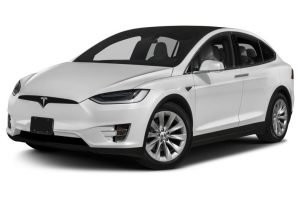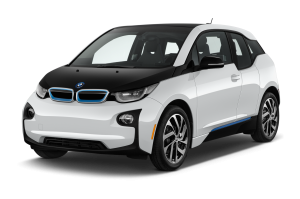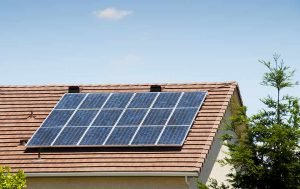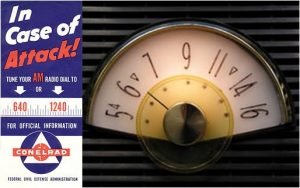
Before we leave the subject of interference in our ongoing blog series on the state of today’s AM radio, I need to point out a small but potentially serious source of interference. This source isn’t going away, will only increase over time, & cannot be regulated away. I’m talking the interference that occurs to AM Radio in the new electric & hybrid vehicles. Without getting too technical, I’ll briefly illustrate the problem. Electric motors of all sorts are known to cause interference to AM radios, usually to a small degree. In an electric vehicle components such as frequency converter, the battery recharging system & voltage regulators, in addition to the vehicle motor, cause a huge amount of interference to radios – specifically AM! The problem is so bad that the newest Tesla EV – the Model X, and BMW’s “i3” have FM only radio/stereos that do not provide AM band coverage. As more & more EVs come onto the market, particularly lower, more affordable models that most can afford to purchase, will come without AM radio provision.

Tesla Model X
The solutions would increase costs significantly, however there are some small steps that can be taken to reduce such interference. First, shielding the motor to prevent the emission of interference & using shielded wire throughout the entire vehicle has been tested and demonstrated to help with the problem. Experiments have shown that critical location placement of certain components such as those mentioned above, can also reduce the
problem further. However, logistics problems arise presenting challenges designers & engineers have not been able to overcome. As the public will increasingly demand affordable EV’s that are competitive with fuel-powered vehicles, manufacturers have little interest nor budget to take measures to reduce radio interference. To be cost effective, it’s easier for the EV car makers just to drop provision of AM radio equipment. In spite of these
challenges, it’s this reporter’s belief that this is a mistake. When the vehicle is parked & the motor & charging system are not engaged, interference disappears. Therefore, in an emergency – or perhaps an evacuation due to wildfire, flood or earthquake damage, having a fully functional AM/FM radio at this current point in time should be mandatory.

BMW i3
A similar so-far unsolvable problem is home photovoltaic solar cells & recharging systems, which also cause large amounts of radio interference, and again, AM reception suffers the most. The reasons are very similar to the automotive issues due to similar components that are the culprits – battery-pack charging devices, voltage regulators & voltage stablizers. With the decrease in price of solar & other off-grid self power generation such
as small wind turbines & water turbines that can be used in creeks, this problem for over the air broadcasters will persist & increase. However, that doesn’t mean that free-to-receive conventional broadcasting should be abandoned, although it may evolve into ‘the alternative’ means of communicating, informing & entertaining the world’s populace.

We are a long way from an all-online/wireless communications world & that world has proven to not always be reliable when the dirt hits the fan. As we will discuss in upcoming blogs in this series, AM Radio has a critical role to play in our EAS/Amber Alert/emergency preparedness & abilities and is free to consume unlike online content.


Some comments may be held for moderation. (New users)